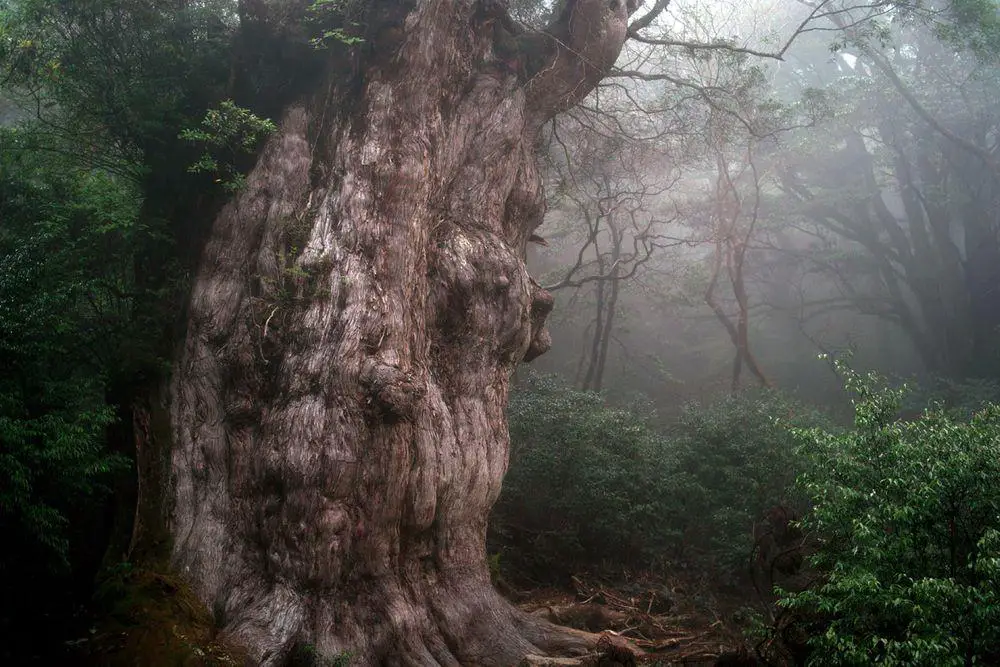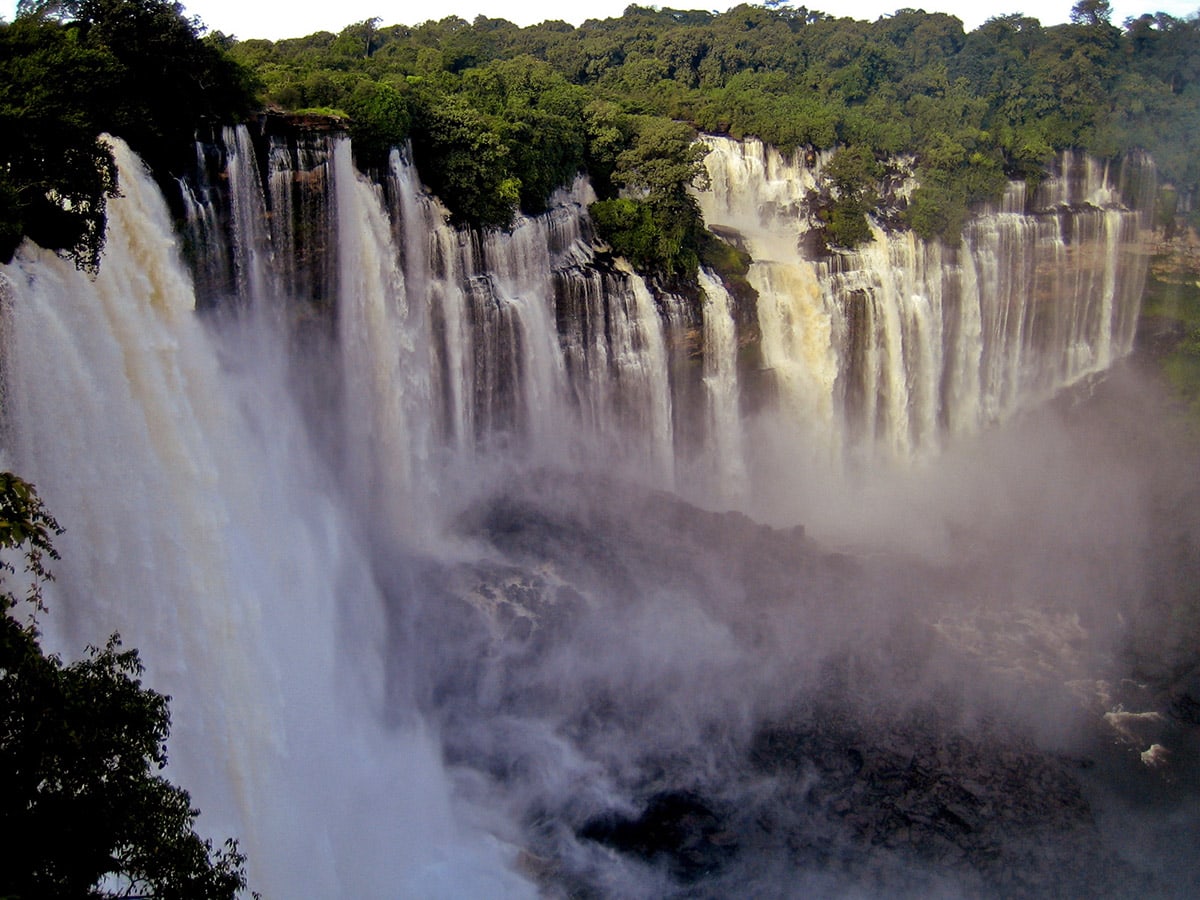 In short
In short
The Swartwater Tree is one of the largest known baobabs (Adansonia digitata) in South Africa. This tree is somewhat smaller than the two largest giants – Sagole Tree and Sunland Baobab, but nevertheless this is giant and picturesque tree with a fantastic circumference of 24.55 m.
 43.8%
43.8%
GPS coordinates
Location, address
Species
Height
Circumference
Crown diameter
Map of the site
If you see this after your page is loaded completely, leafletJS files are missing.
 In detail
In detail
Tree was included in the list of South African Champion Trees comparatively recently – in 2012.
Some images of this tree can be seen in the Website of Tumuga Game Ranches.
References
- Declared List of Champion Trees, Department of Agriculture, Forestry & Fisheries, November 2012. Accessed: the 23rd July 2014
 Linked articles
Linked articles

Wonders of South Africa
South Africa is extremely rich in unusual archaeological and natural monuments. Highlights are the rich finds of rare minerals, unique ecosystems, finds of the first humans, and some great waterfalls.

Trees
The category includes some of the most impressive and interesting separate trees in the world. The total number of tree species in the world still is a wild guess – maybe 10,000 and maybe 100,000 but most likely somewhere in between. Every month there are reported new tree species from the whole world, including Western Europe.

Wonders of Africa
Africa has many outstanding wonders and some of the most surprising ones are the heritage of Egyptian civilization, the vernacular architecture of the Sahel region, tropical ecosystems, and others.
 Recommended books
Recommended books
Tree of Life: The World of the African Baobab
Text and pictures document the life cycle of this amazing tree of the African savannah, and portrays the animals and people it helps to support.
The Remarkable Baobab
Standing tall on the sunburned plains of Africa and Australia, baobabs may be the oldest life forms on the planet. Many of the specimens still standing today have been around for well over two thousand years. Tremendous in size and bizarre in appearance, they have provided food, medicine, and places of refuge and worship to countless peoples, even serving as prisons and tombs on occasion. Long before European explorers opened up the African continent, the news of these “gnarled upside-down giants” had astonished the world of science and stoked the imagination of naturalists everywhere.


